PROTECT YOUR DNA WITH QUANTUM TECHNOLOGY
Orgo-Life the new way to the future Advertising by AdpathwayFor the gardener, a new home is more than just a place to live. It’s a new space to landscape and build a beautiful garden. The exterior of the home offers an opportunity to use your creativity in a whole new way.
Building a foundation for your garden landscape requires some special consideration. We construct most of our landscape foundation with shrubs. With an almost overwhelming number of choices, it’s important to know which ones work best in your new environment.
A thoughtfully landscaped yard can make your new house feel welcoming and well-balanced. It’s the first thing you and guests will see when you come home, and the last thing you’ll notice when you leave. Whatever your style, these shrubs will turn the landscape from dull to delightful.
Felco Ergonomic Hand Pruner

Felco Ergonomic Hand Pruner
Espoma Bio-tone Starter Plus Organic Plant Food (4 lbs.)

Espoma Bio-tone Starter Plus Organic Plant Food (4 lbs.)
Epic Organic Garden Straw
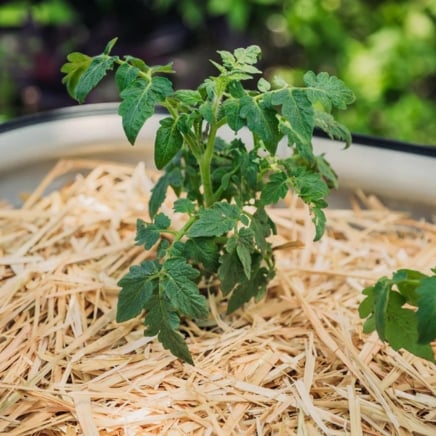
Epic Organic Garden Straw
Hydrangea
 These landscape shrubs are ideal for living hedges.
These landscape shrubs are ideal for living hedges.Hydrangeas are versatile and visually stunning landscape shrubs. Their large, soft foliage and incredible floral display add an immeasurable amount of charm and interest.
Hydrangeas prefer a bit of afternoon shade, especially in warmer climates with hot summers. They also like moist and slightly acidic soil.
Because they encompass such a wide range of sizes, hydrangeas have many uses in the landscape. They make an incredible hedge, and you can use them to create colorful layers in the border.
Boxwood
 Shape them into whatever form you prefer.
Shape them into whatever form you prefer.Boxwoods are another diverse group of landscape shrubs that come in a wide range of sizes. They make a perfect foundation for other, more colorful plants in a landscape. Boxwoods are classic and evergreen, so they are perfect for creating hedges and adding structure to the garden year-round.
Boxwoods have lovely, dense foliage that takes well to shaping and manicuring. If you like clean lines and structure, these are a must.
Smaller varieties are nice for creating low borders, and larger ones are ideal for creating an evergreen backdrop. You can even create striking topiaries with ease from these shrubs.
Abelia
 The colorful foliage stands out in the garden.
The colorful foliage stands out in the garden. Abelias are wonderful, semi-evergreen shrubs. They produce beautiful flowers for a long season from late spring through fall. The flowers are typically pink, white, or lavender and have a light, sweet fragrance. The scent intensifies during the warm months of summer.
These lovely shrubs have glossy foliage that is green, bronze, or variegated, depending on the variety. They remain somewhat compact, so you won’t have to worry about them getting out of hand. If you forget to prune them for a year, you won’t have a ton of work to catch up on.
Japanese Meadowsweet
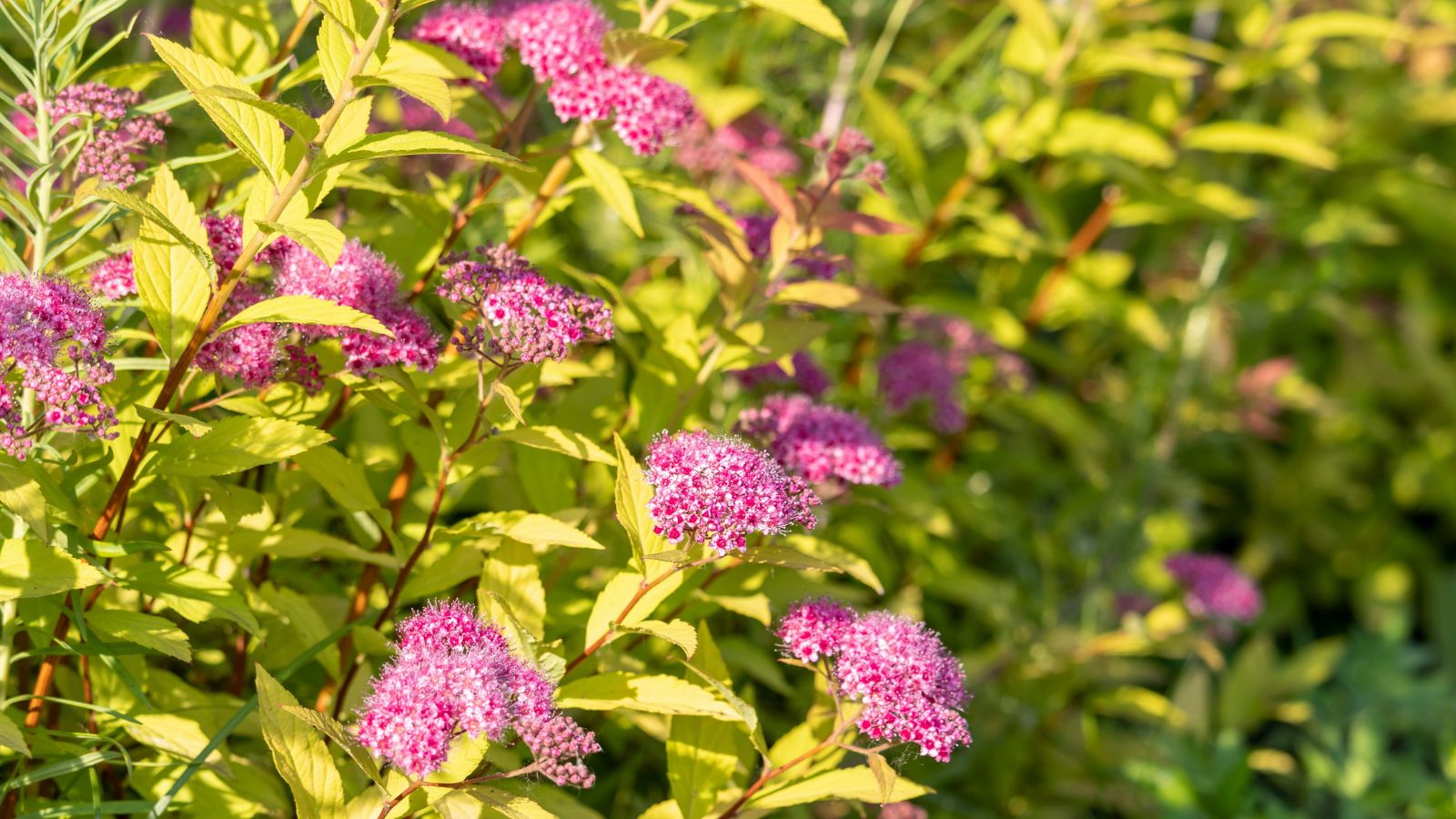 Beautiful pink flowers add a pop of color.
Beautiful pink flowers add a pop of color. For an attractive, compact, landscape shrub, Japanese meadowsweet is a charming species of spirea. It’s useful in residential landscaping for its size, long blooming season, and low-maintenance nature. This is what makes it an invasive species in a large portion of the eastern US.
In late spring, this shrub produces clusters of deep pink flowers. They stick around well into the summer months.
Most plants grow to between two and four feet tall. They are nice for filling spaces where you want attractive, low-maintenance foliage. They’re a good addition to the pollinator garden as well. They attract bees and butterflies, adding life and movement to the landscape.
Summersweet
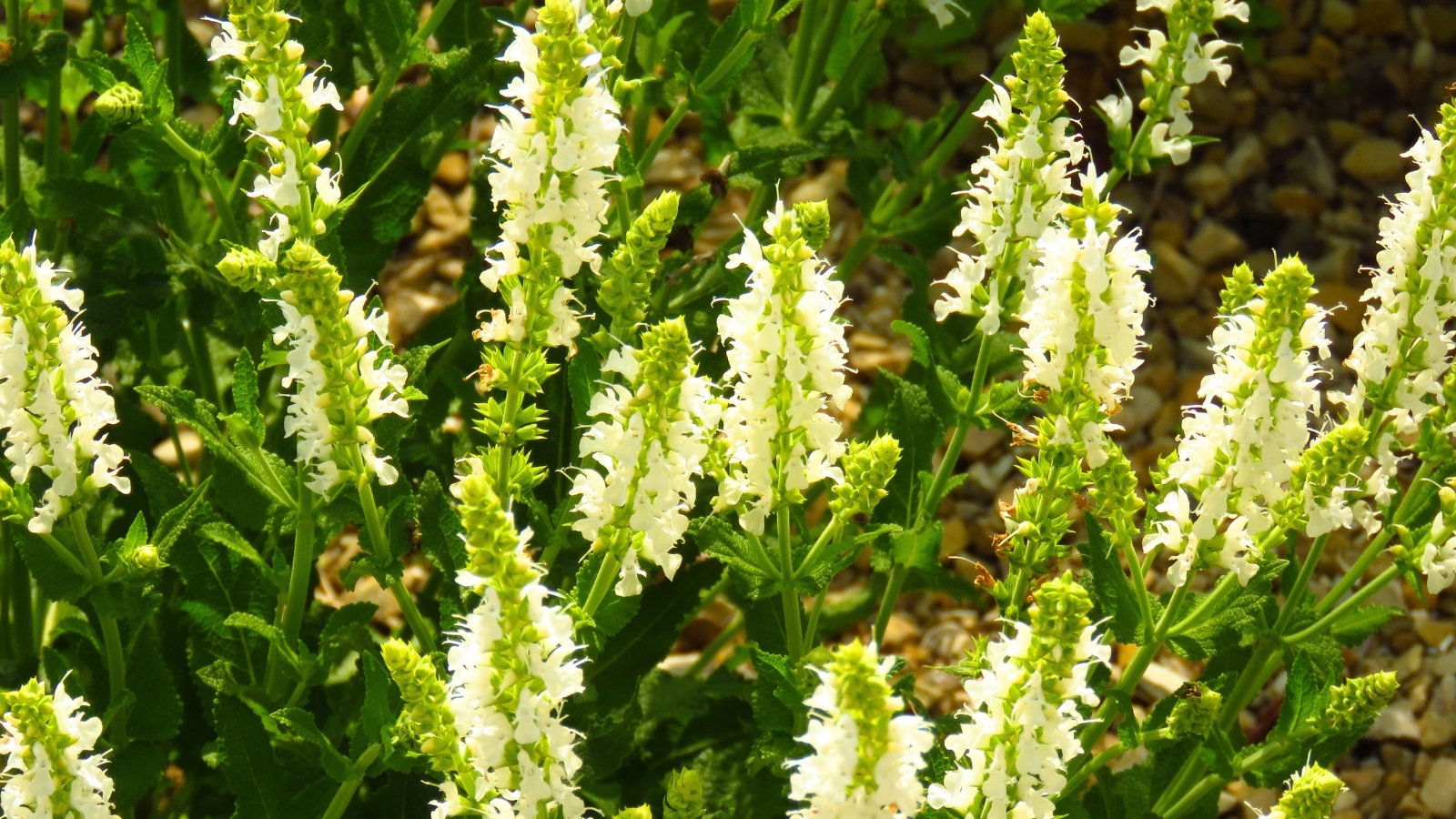 This landscape shrub is perfect for clay soils.
This landscape shrub is perfect for clay soils. Summersweet is a great landscaping shrub for difficult soil types like sand and clay. It’s also ideal for areas with boggy conditions where many plants will struggle. It’s adaptable and doesn’t grow overly large.
This blooming bush produces wonderful spikes of pink or white flowers. They are highly fragrant and attractive to bees, butterflies, and hummingbirds. It blooms on new wood, so yearly pruning will give you a better floral display.
In the fall, the foliage turns a vibrant shade of yellow-gold. It has a lot to contribute to the landscape for three seasons.
Texas Sage
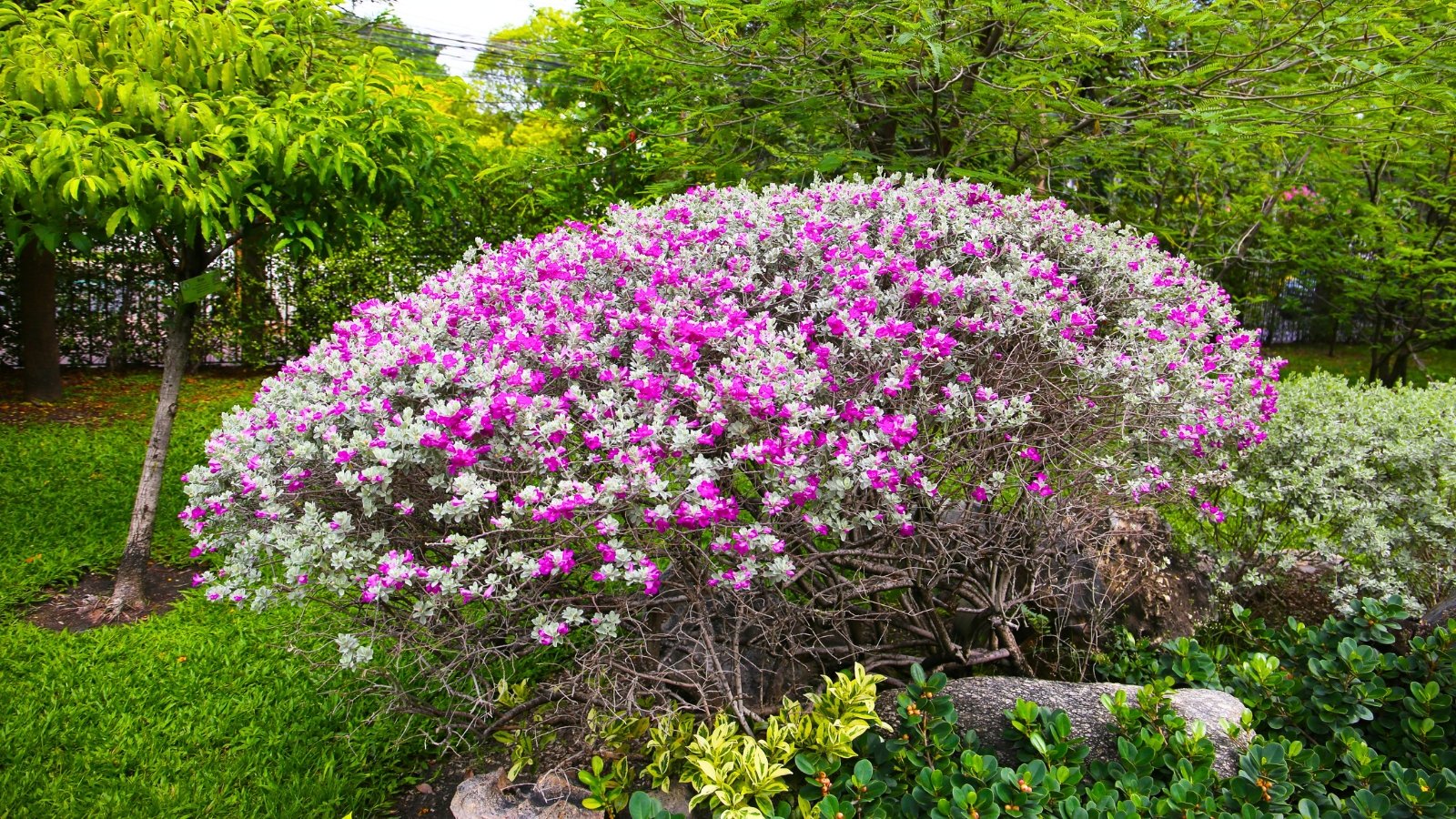 Plant in arid areas where other shrubs struggle.
Plant in arid areas where other shrubs struggle.Texas sage is another attractive and compact shrub that works well in xeriscapes and low-water landscapes. It’s exceptionally drought and heat-tolerant, so it’s ideal for arid climates.
You can plant this close to the home or driveway, as it’s tolerant of that reflective heat these spots tend to put off.
Texas sage is a flowering landscape shrub, and it typically blooms after a substantial rain. It can bloom in several flushes from spring through fall. The foliage is silvery and small, and tends to be deer resistant. Pollinators also love the flowers.
Smoke Bush
 This unique shrub is a wonderful focal point.
This unique shrub is a wonderful focal point. If you crave a bit of drama in the landscape, smoke bush has it in spades. This eye-catching shrub adds tons of color and texture wherever you use it. It’s also a large shrub at maturity, so it’s great for spaces where you want to make a substantial statement.
Smoke bush has attractive foliage that ranges from green to deep purple. In the fall, many varieties turn vibrant shades of red, gold, or orange.
From late spring until midsummer, smoke bush blooms, and this is when things get truly fascinating. Large, airy plumes of flowers look like clouds of smoke, which adds whimsy to the landscape.
Ninebark
 Choose a variety with colors that match your landscape.
Choose a variety with colors that match your landscape. Ninebark is a wonderful landscape shrub known for its multi-season beauty, hardiness, and versatility. It thrives in a wide range of climates and soil conditions, making it a low-maintenance favorite. It works well for both formal and naturalistic gardens.
Ninebark often has colorful foliage in shades of copper, burgundy, gold, or chartreuse. In spring, it produces clusters of white or pale pink flowers that attract bees and butterflies. Attractive seed pods follow, which attract birds that use them as a food source.
In the fall, the foliage is vibrant and changes to brilliant autumnal shades. In winter, the peeling bark reveals shades of cinnamon, tan, and copper.
Viburnum
 This reliable shrub flowers even in tough conditions.
This reliable shrub flowers even in tough conditions. Viburnum is an excellent choice for landscape shrubs. There are many species and cultivars in a wide range of sizes, shapes, and bloom times.
They are attractive during all four seasons. In spring, it produces clusters of fragrant white or pale pink flowers. The glossy summer foliage makes a lovely backdrop for other flowering plants.
Many varieties have vibrant fall foliage in shades of red, orange, and burgundy. In winter, an attractive branch structure and berries continue to add value both aesthetically and practically.
Overwintering birds are attracted to the berries. It’s adaptable to many soil types and drought-tolerant once established.
Wax Myrtle
 The berries are beloved by birds.
The berries are beloved by birds. Wax myrtle is a perfect shrub for many landscapes. It’s evergreen and highly adaptable, thriving even in poor soil. It’s salt-tolerant, which makes it ideal for coastal gardens.
Once established, it’s also drought-tolerant. If you have a difficult environment and you’re looking for tough landscape shrubs, this one is ideal.
With aromatic, evergreen foliage, it’s a wonderful hedge or privacy screen. It also makes a good windbreak. Smaller cultivars exist, but most grow quickly into large shrubs between 10 and 20 feet tall. Female plants produce berries that are a valuable food source for birds, and the scented foliage repels insects.
Chinese Fringe Flower
 Birds love to nest in this landscape shrub.
Birds love to nest in this landscape shrub. Chinese fringe flower is one of my favorite shrubs in my yard. It adds a lot of beauty to the landscape, and in my experience, birds love to nest in it. It’s evergreen, so it looks beautiful all year, making it great for foundational planting. Most varieties have deep purple or burgundy foliage.
In spring, the Chinese fringe flower produces showy, fringed flowers. They’re commonly magenta, but some varieties have paler pink or white blooms.
There are dwarf forms that stay low to the ground and make a lovely low hedge. Larger varieties can grow up to 12 feet tall, and you can train them into small, multi-branched trees.


 3 days ago
16
3 days ago
16


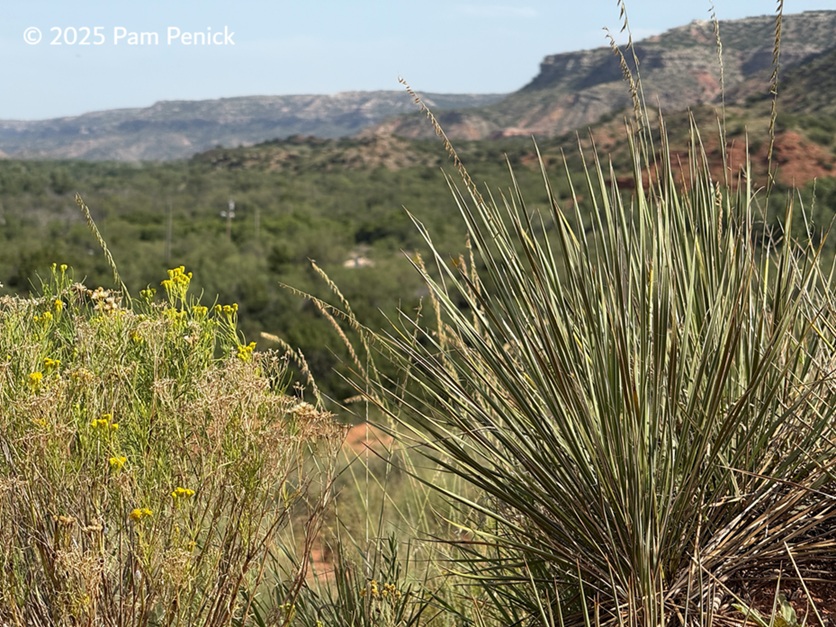
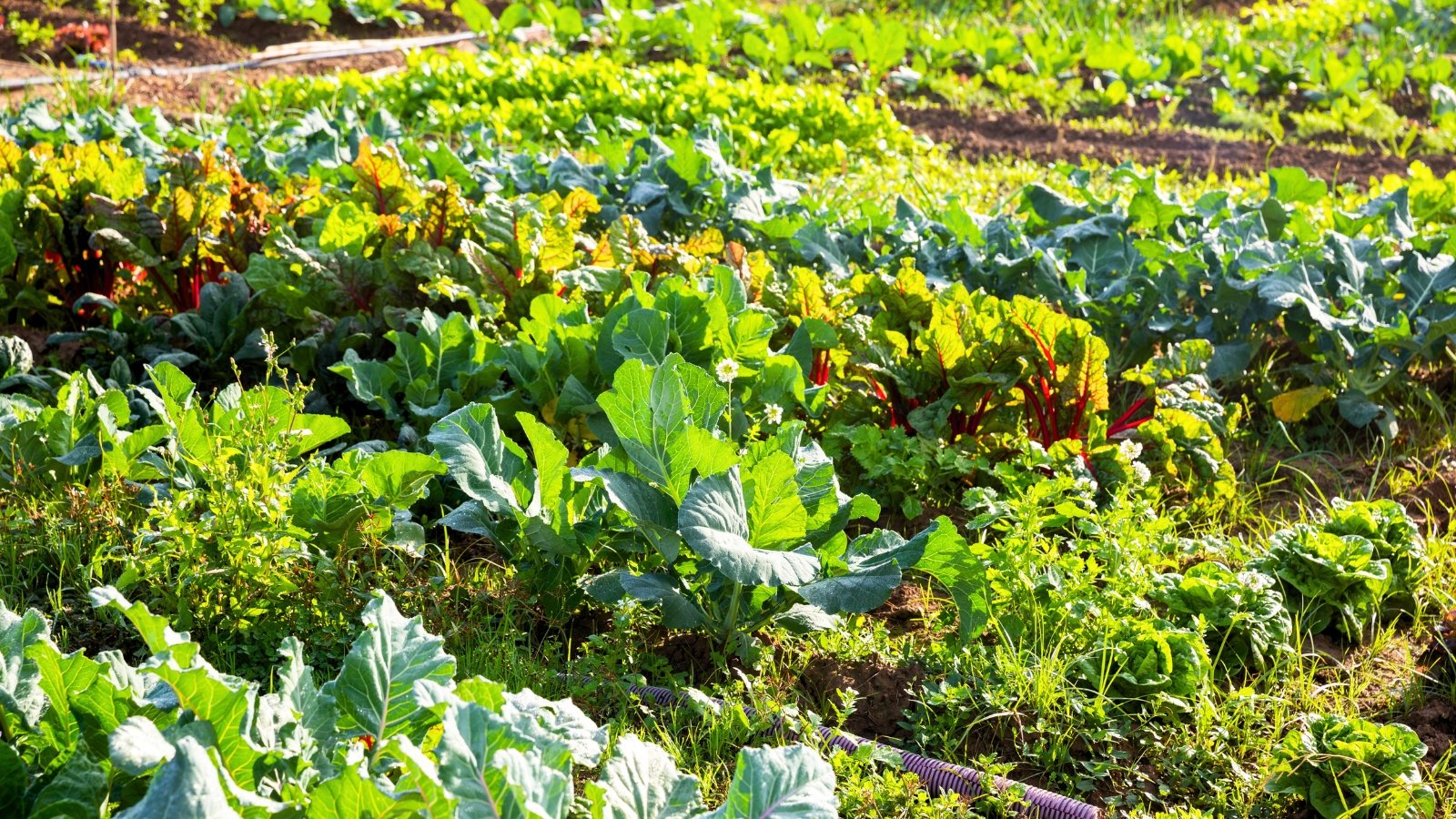
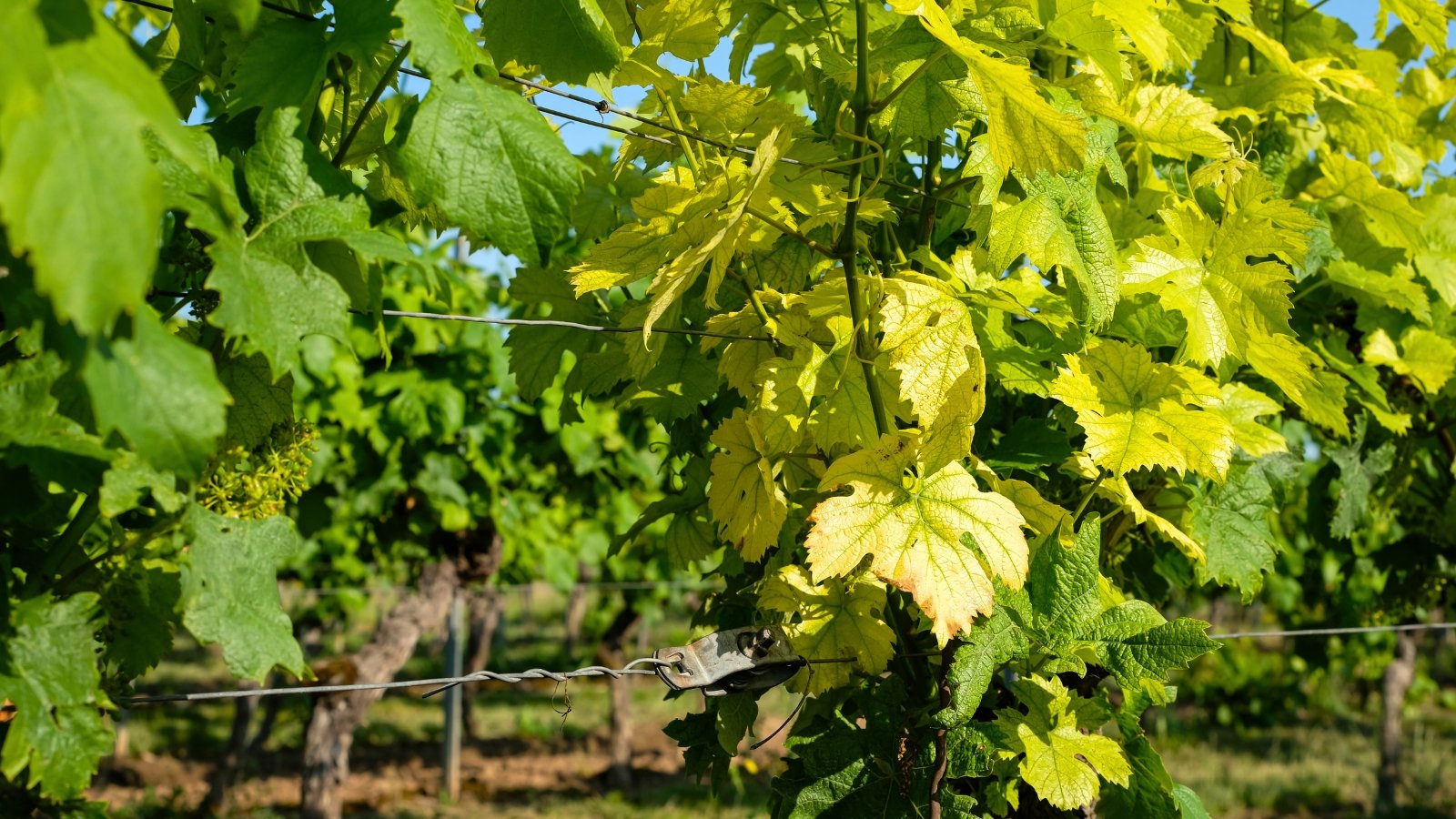

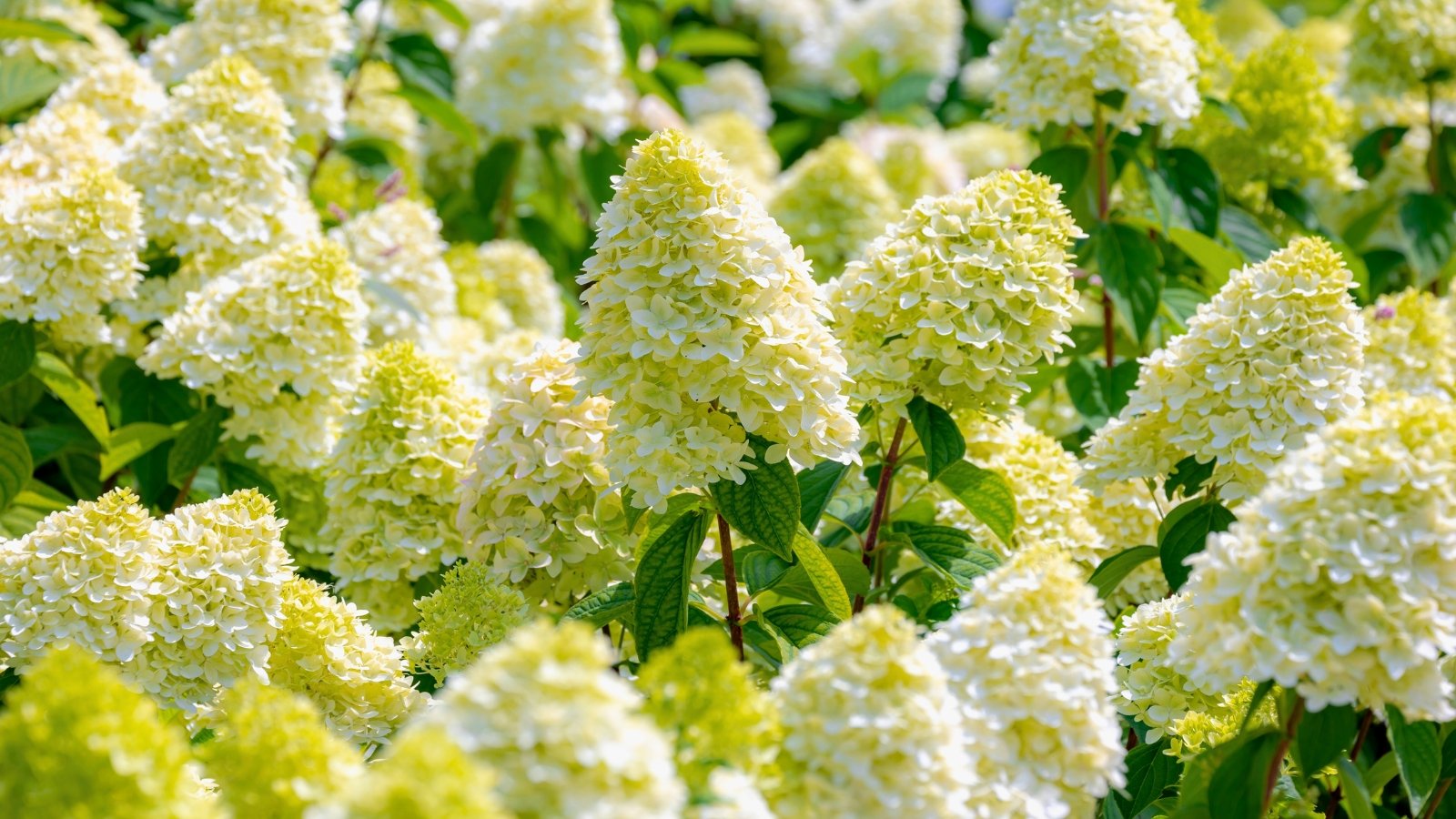














 English (US) ·
English (US) ·  French (CA) ·
French (CA) ·